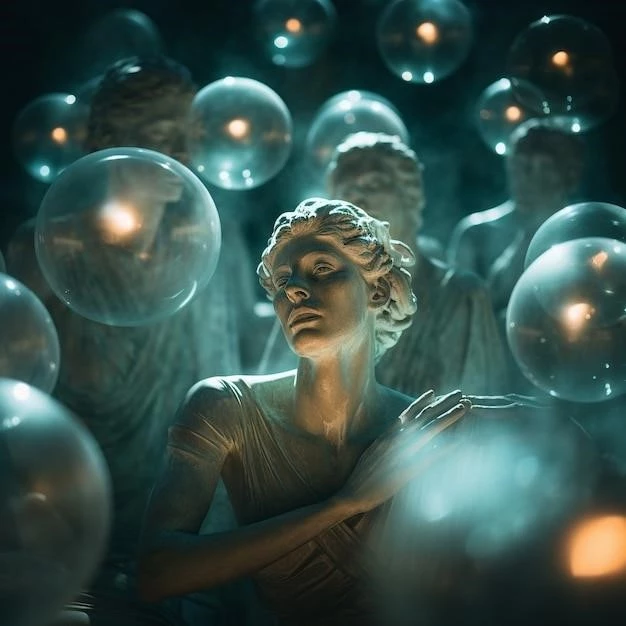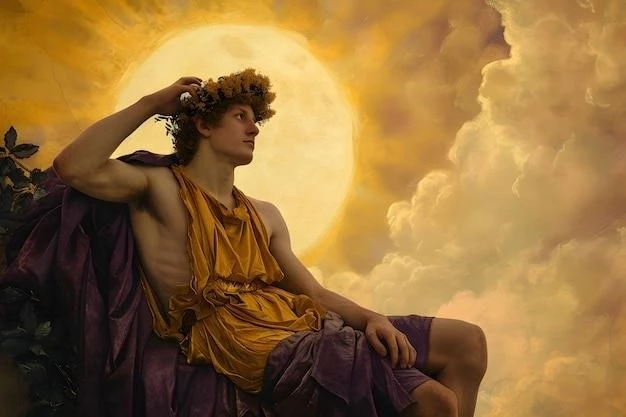Ancient myths have transcended time, serving as a wellspring of inspiration for countless creative endeavors throughout history․ These narratives, steeped in symbolism and allegorical wisdom, continue to captivate and resonate with modern audiences․ However, the journey from ancient texts to contemporary interpretations is rarely a literal one․ Instead, artists across various mediums have taken the raw materials of myth—the characters, plots, and themes—and reshaped them to reflect the complexities of the modern world․ This essay will explore the various ways in which ancient myths are being reinterpreted and reimagined in modern times․
From Page to Screen: Modern Adaptations in Literature and Film
One of the most prevalent avenues for modern interpretations of ancient myths is through literature and film․ Authors and screenwriters alike have found fertile ground in reimagining classical tales for contemporary audiences․ These adaptations range from faithful retellings to radical reinterpretations, often drawing parallels between the ancient and the modern․
Literature: Breathing New Life into Old Tales
Modern literature is replete with examples of authors drawing inspiration from ancient myths․ Some authors choose to retell these stories from a new perspective, offering fresh insights into familiar characters․ For instance, Madeline Miller’s acclaimed novel “Circe” reimagines the Greek myth of the sorceress Circe, traditionally portrayed as a villain, as a complex woman struggling with her power and place in a patriarchal society․ Similarly, Pat Barker’s “The Silence of the Girls” retells the Trojan War from the perspective of Briseis, a captive woman whose voice is often silenced in traditional accounts․ These retellings give voice to marginalized figures from mythology, offering a more nuanced and inclusive understanding of these ancient stories․
Film: Mythological Spectacles and Modern Metaphors
The visual language of film provides a powerful medium for reinterpreting ancient myths․ Blockbuster films like “Troy” and “300” offer visually stunning, albeit often heavily fictionalized, depictions of famous mythological events․ These films capitalize on the epic scale and dramatic action inherent in many myths, appealing to a wide audience․ Other filmmakers use myth more subtly, weaving mythological elements into contemporary narratives․ For example, the film “O Brother, Where Art Thou?” draws inspiration from Homer’s “The Odyssey,” transposing the epic journey of Odysseus into the American South during the Great Depression․ This blending of ancient myth with modern settings and themes allows filmmakers to explore timeless human experiences within a contemporary context․

Beyond Literal Adaptations: Myth as Metaphor and Inspiration
While direct adaptations of ancient myths are common, modern interpretations often go beyond simply retelling old stories․ Artists are increasingly drawing on mythological themes, symbols, and characters as metaphorical frameworks to explore contemporary issues and anxieties․
Reflecting Modern Concerns Through Ancient Lenses
Ancient myths often grapple with universal human experiences—love, loss, betrayal, revenge—making them endlessly adaptable to contemporary concerns․ For example, the myth of Orpheus and Eurydice, a tragic love story centered on loss and the futility of defying fate, has been reinterpreted in countless modern works, each reflecting the specific anxieties of its time․ Similarly, the myth of Pandora’s Box, which explores the dangers of curiosity and the consequences of unchecked ambition, continues to resonate in a world grappling with the potential and peril of technological advancements․
Myth as a Source of Artistic Inspiration
Beyond their narrative potential, ancient myths provide a rich tapestry of symbols, archetypes, and motifs that continue to inspire artists across various disciplines․ From visual arts and music to fashion and video games, the influence of mythology can be seen in the recurring use of certain imagery, characters, and themes․ The enduring power of these archetypes lies in their ability to evoke deep-seated emotions and universal understandings, transcending cultural and temporal boundaries․

Conclusion
The modern interpretation of ancient myths is a testament to the enduring power of these timeless stories․ Far from being relegated to the past, these narratives continue to resonate with contemporary audiences, offering valuable insights into the human condition․ Through creative adaptations, metaphorical explorations, and artistic inspiration, ancient myths continue to shape and enrich our understanding of the world around us․ As we continue to grapple with the complexities of modern life, it is likely that we will continue to find meaning and relevance in the stories passed down through generations, proving that some stories are truly timeless․










